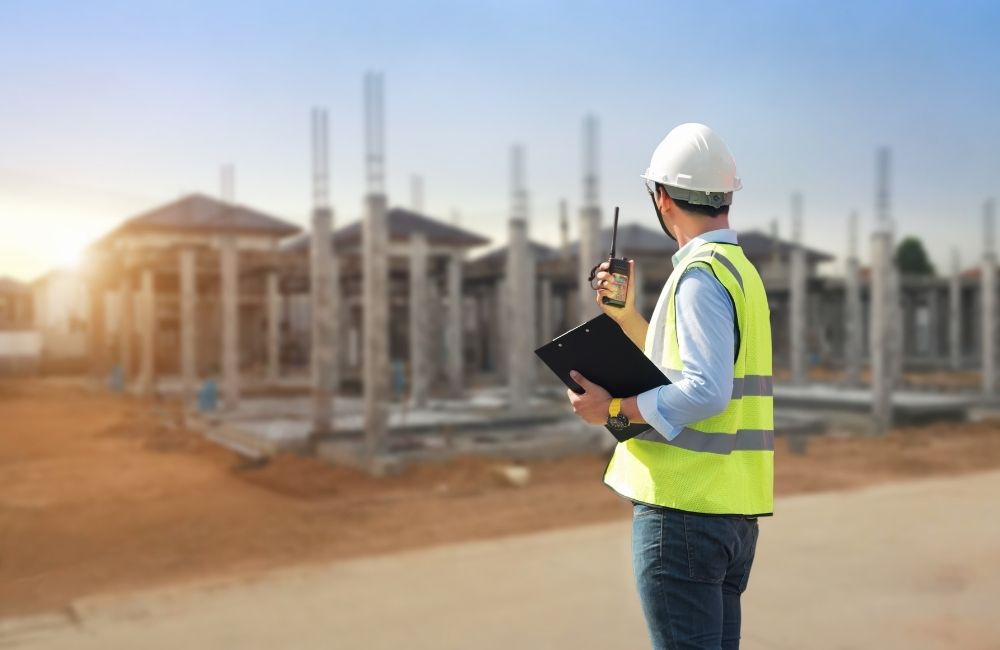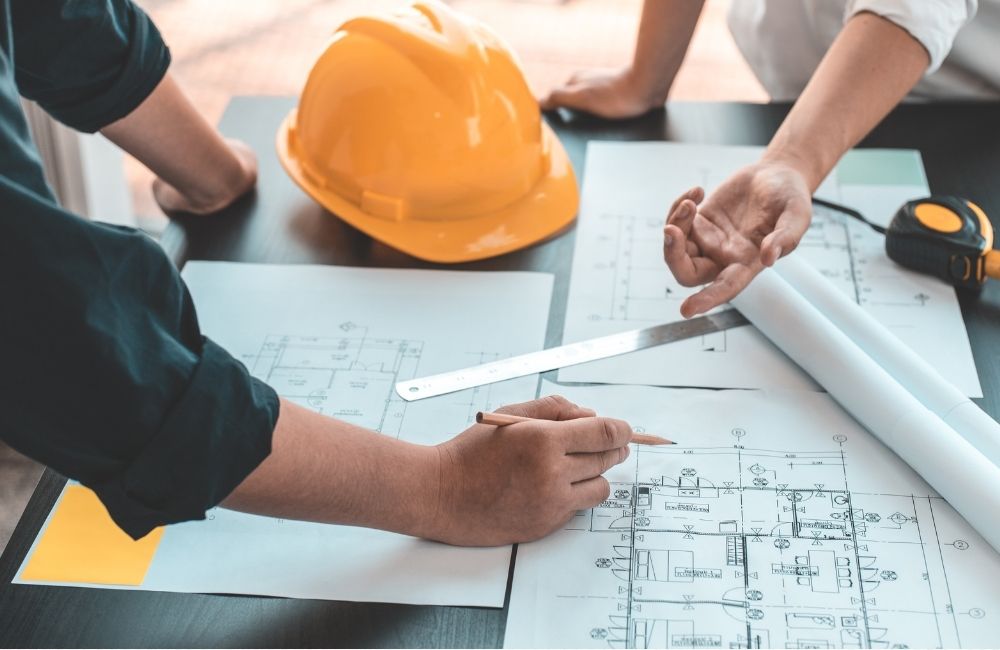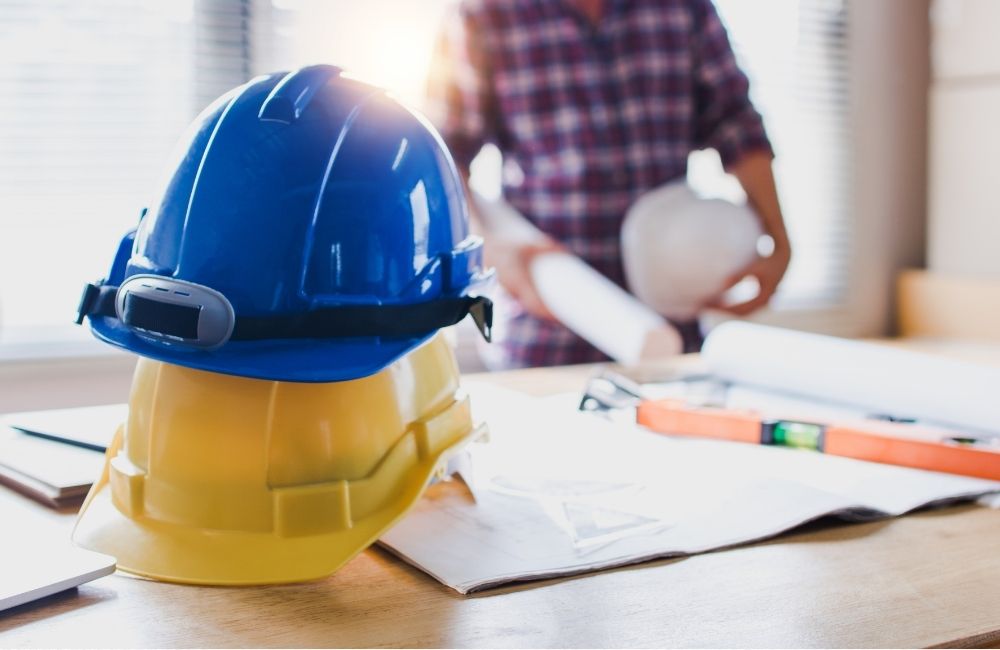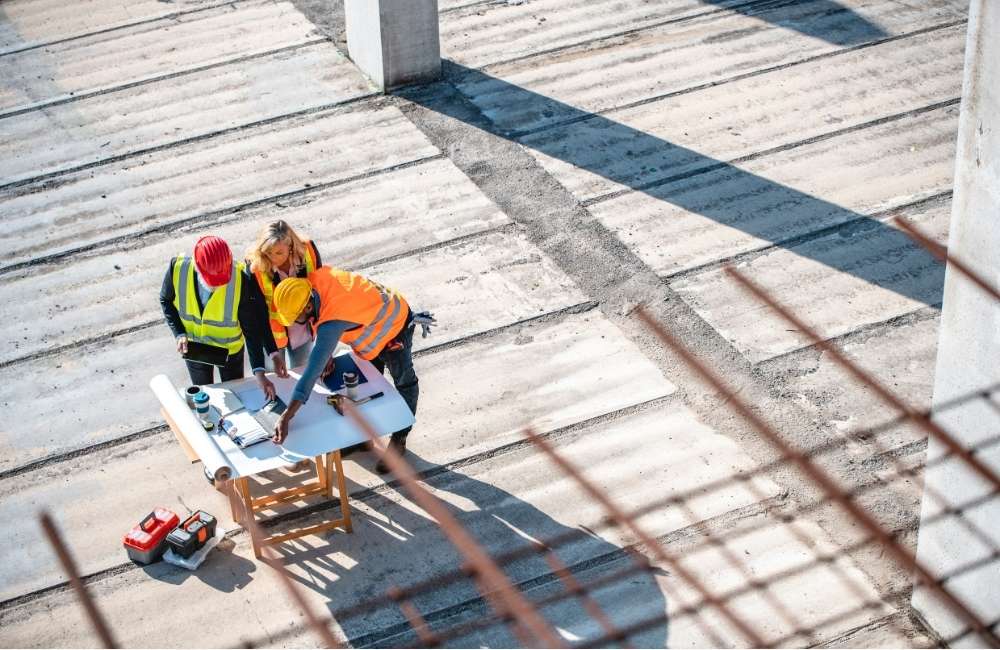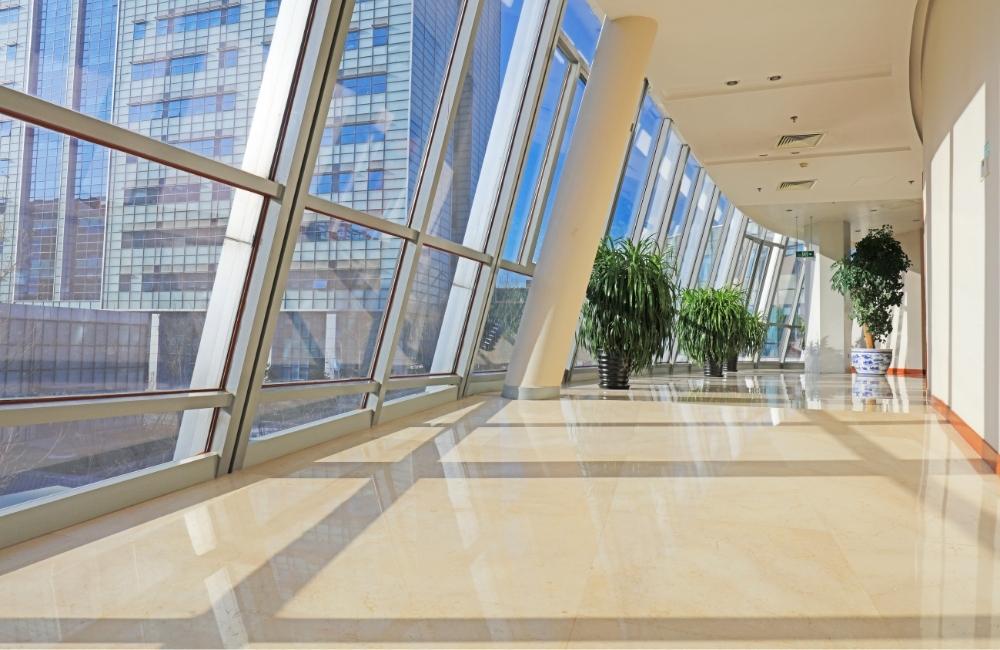One of the biggest concerns for commercial construction is the cost per square foot.
Commercial buildings are used in various ways, including retail, healthcare, and education. The building's location, purpose, and other variables affect the cost. Materials are more expensive in seismically active places. Cost control is essential for building owners to stay within their budget and for contractors to keep their earnings stable. Unfortunately, a recent global cost study found that the United States has the highest construction costs due to the industry needing more skilled workers and materials.
In 2024, construction costs will rise by a small amount, perhaps 2% to 4%. While material delivery times and costs will become more consistent, electrical parts will likely remain variable.
Average Commercial Construction Costs Per Square Foot
Location is a significant factor affecting the cost of commercial buildings. On average, construction costs approximately $240 to $870 per square foot. This cost can rise to $1,270 per square foot in New York. Here’s a table showing how much it costs to build different commercial buildings.
Commercial Building Type Average cost per Square Foot
Office building $240 – $1,000
School or university $300 – $840
Manufacturing Facility $210 – $800
Hospital or clinic $450 – $1,020
Hotel $130 – $550
Apartment building $150 – $400
Community building $430 – $1,270
Shopping center $370 – $580
Parking $70 – $210
DISCLAIMER: The average commercial construction costs per square foot provided here are general estimates and may vary based on project size, complexity, location, and materials chosen. These figures represent national averages and do not reflect Claris Design•Build's specific pricing in any location. For accurate pricing tailored to your project, please contact Claris Design•Build directly.
7 Factors Affecting Commercial Construction Costs
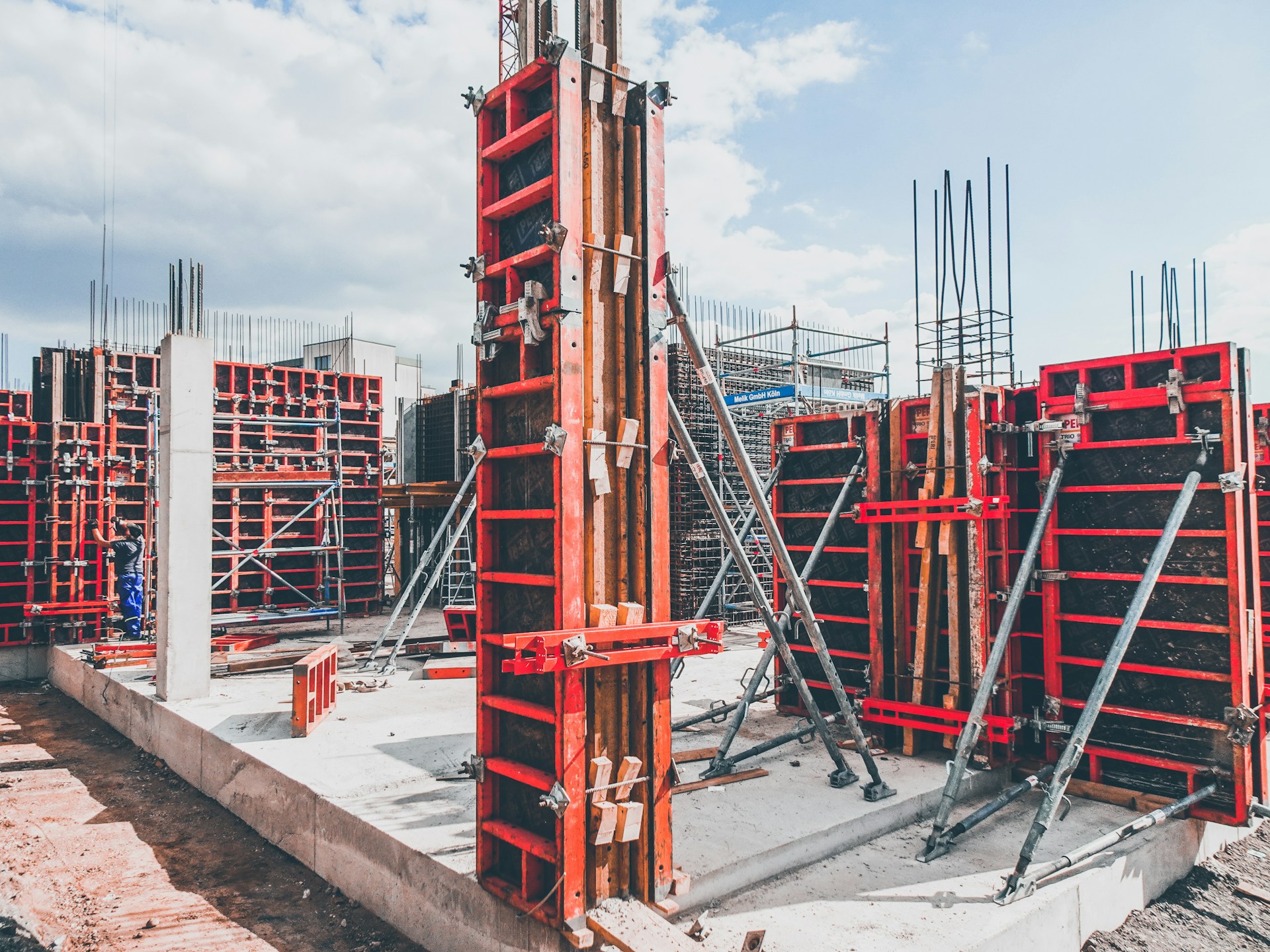 1. Raw Material Costs
1. Raw Material Costs
The price of essential supplies such as steel, wood, concrete, and other materials significantly influences the cost of building projects. The overall cost of building houses and other structures typically increases in tandem with the cost of these materials. This is because these materials are necessary for construction, and more costly materials result in more significant building expenses overall.
2. Labor Costs
Construction experts (carpenters, electricians, plumbers) may experience increased costs due to shortages or new compensation regulations. The overall construction project cost will also increase with these workers' salary increases. Thus, higher wages for builders may result in increased costs for buildings and related products.
2024 Rates:
- Architect: $100 to $250 per hour
- Structural Engineer: $100 to $220 per hour
- Contractor: $50 to $150 per hour
- Electrician: $50 to $130 per hour
- Plumber: $45 to $150 per hour
3. Location
Location dramatically influences how much it costs to build something. Construction costs more in highly populated places like Los Angeles or New York City due to less available space. In addition, in these busy areas, the cost of living is higher; therefore, workers on the project need to be paid more compared to those in smaller towns.
4. Economic Conditions
The state of the economy can impact the cost of building. The demand for construction is higher in a thriving economy. Since many individuals are attempting to purchase the same materials and hire the same staff, this can increase expenses. Competition for construction resources can drive up costs in a robust economy.
5. Regulations and Permits
Building projects must follow specific rules, such as building codes and environmental laws. Getting the necessary permits to start construction can take time. These factors can affect both the duration and cost of a construction project. Strict rules may require builders to use certain materials or do additional work, which can increase costs. Similarly, waiting for permits can delay the project, costing it more.
6. Technological Advancements
New technology can make construction projects faster and safer. These new methods can reduce costs by making work quick and efficient. However, they often require special training and expensive equipment, which can add to the value. It's like buying a new gadget: it may save time, but learning to use it can be costly.
7. Building Quality, Finish, and Fixtures
The cost of developing a commercial building is influenced by its quality. Class A buildings are the priciest since they have the best fittings and systems, among other high-quality characteristics. Class B and C buildings are less expensive due to their simpler and fewer features. Likewise, the finishes used in a building significantly affect the total cost.
Naturally, high-quality finishes are much more expensive than lower-quality ones. Interior finishes, such as insulation, flooring, cabinets, countertops, lighting, and appliances, are among the most costly. The price changes depending on the type of finish used.

8. HVAC and Electrical Systems
The cost of purchasing and installing HVAC systems, the requirement for unique building layouts and spaces, and the trade-off between higher initial costs for energy-efficient systems and long-term energy bill savings are some factors that impact construction costs. Furthermore, continuing maintenance charges and the requirement to adhere to building and environmental requirements may also affect the total costs.
Commercial Construction Costs per Square Foot by Building Type in 2024
1. Commercial Office Building
In the United States, constructing a single-story office costs approximately $240 to $440 per square foot. The cost per square foot for a medium-sized structure is about $330 to $870. Moreover, extremely tall office buildings are much more expensive, roughly $430 to $1,000 per square foot.
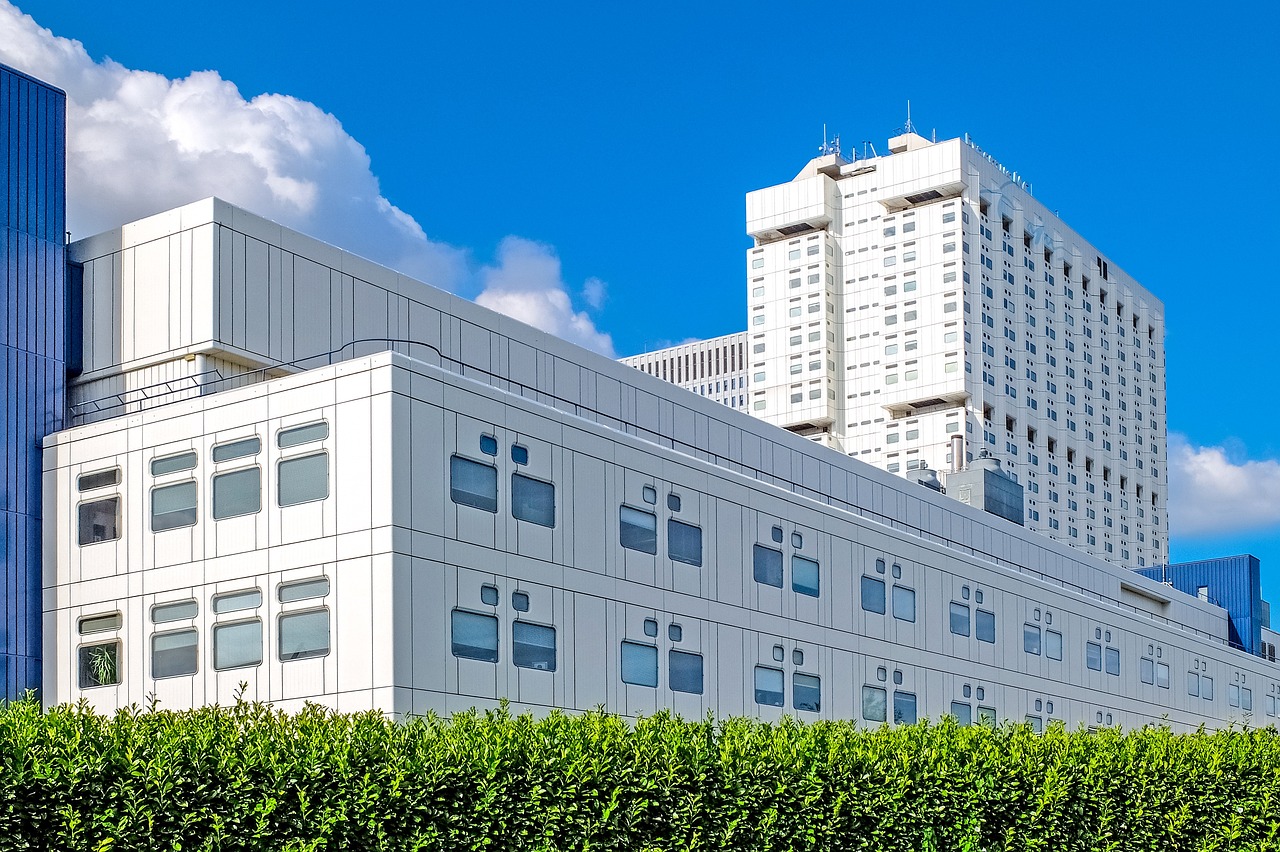
2. Hospitality/Lodging
The cost of developing a hotel varies based on location and level of luxury. For instance, constructing a modest three-star hotel comes with a price tag of approximately $130 to $550 per square foot. With that being said, building a three or four-star hotel will be less expensive than constructing a five-star hotel with luxurious amenities.
3. Warehouses and Manufacturing Facilities
The cost of constructing manufacturing or storage facilities, such as warehouses, varies according to their intended function. For instance, a large warehouse's cost per square foot for shipping goods to various locations is almost $210. Light-duty warehouses are slightly more expensive, at about $238 per square foot. However, building a facility for cutting-edge scientific research is far more costly, requiring roughly $635 per square foot.
4. Healthcare Facilities
Hospitals and health centers are critical and are often built in cities. The most expensive kind to build is acute care facilities, costing about $1,020 per square foot. Buildings for doctors' offices are less expensive, around $450 for each square foot. Moreover, special clinics for specific health treatments cost more, about $619 for each square foot.
5. Schools and Universities
Schools play a critical role in society everywhere. Building an elementary, middle, or secondary school will cost roughly $300 to $380 per square foot. Building dormitories costs around $300 to $350 per square foot. In addition, classroom buildings increase from $500 to $660 per square foot. In contrast, laboratory buildings are much more expensive, at roughly $700 to $840 per square foot.
6. Retail
There are variations in the size of shopping centers, which result in different building expenses. Neighborhood strip centers are smaller, while regional malls are larger. Building a neighborhood strip center costs approximately $370 to $580 per square foot. In comparison, the cost of constructing a large regional mall is higher, at about $537 per square foot.
7. Parking Structures
The least expensive large facility to construct is a parking lot. For example, the construction of an underground parking lot spanning multiple floors comes at a cost of almost $210 per square foot. However, it is less expensive, at around $70 per square foot, if the parking lot is above ground.
8. Public and Community Facilities
Public buildings such as fitness centers and government offices are expensive to construct since they serve a large number of users. For instance, constructing a gym or a recreational area costs roughly $430 to $850 per square foot. On the other hand, museums and other performing arts buildings would cost $650 to $1,270 per square foot.
Transform Your Vision into Reality with Our Expert Design-Build Services!
As a premier design-build company,Claris Design•Build is excellent at turning your ideas into reality!
We handle every process, from imaginative designs to expert building and construction, and we ensure high quality and efficiency throughout the process. Whether it's your ideal manufacturing space, a cutting-edge office, or a commercial architectural wonder, we accompany you every step. Why wait? Make an appointment and get a free estimate today! Together, we can do great things!
Call us at Claris Design•Build today!



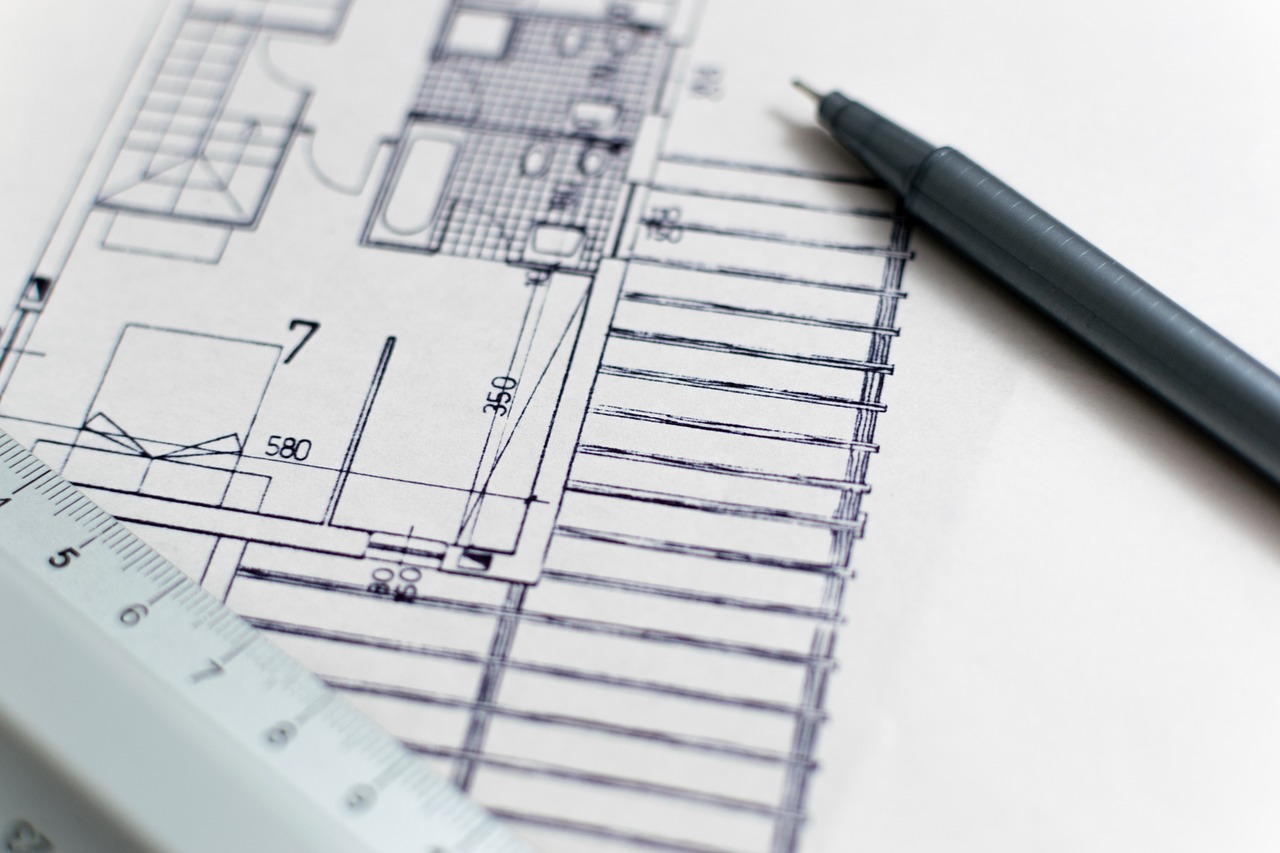
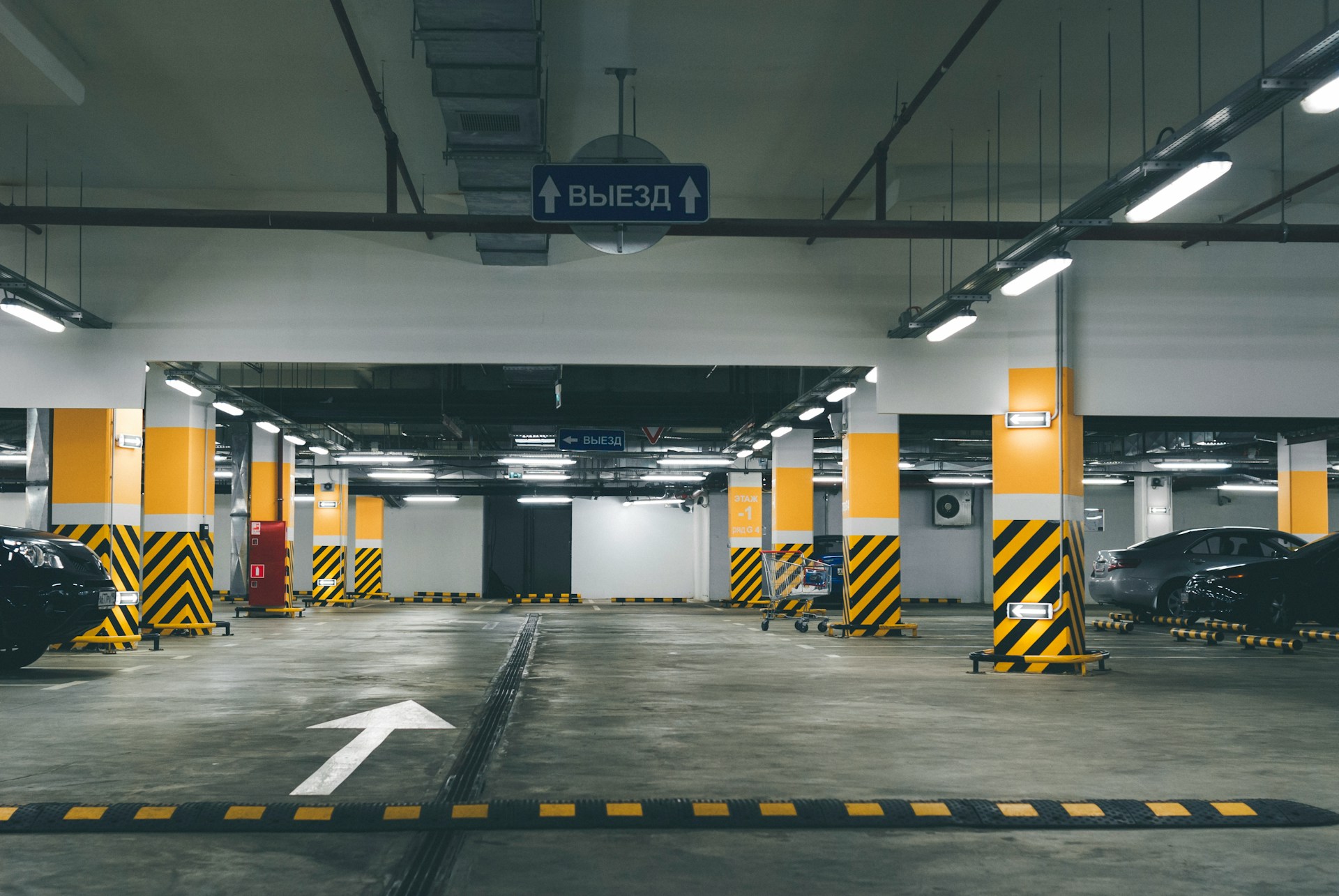
![[2025 UPDATE] Commercial Construction Cost per Square Foot in the US](https://www.clarisdesignbuild.com/wp-content/uploads/2025/04/2025-UPDATE-Commercial-Construction-Cost-per-Square-Foot-in-the-US-3.jpg)
